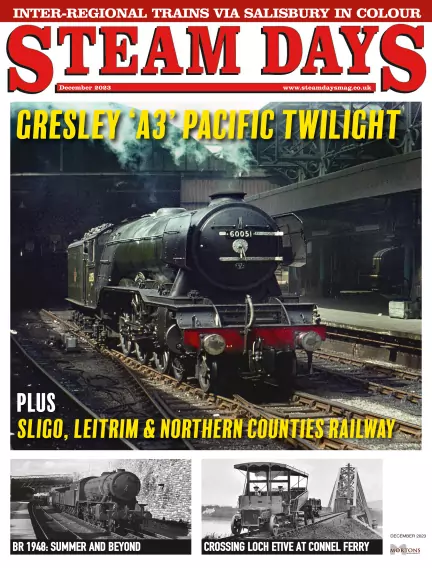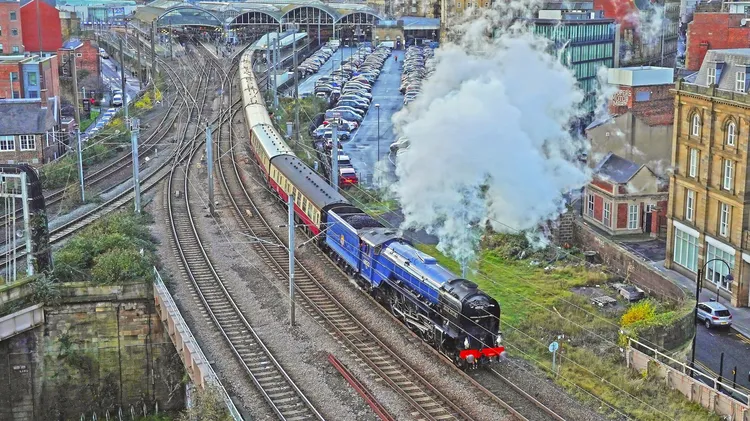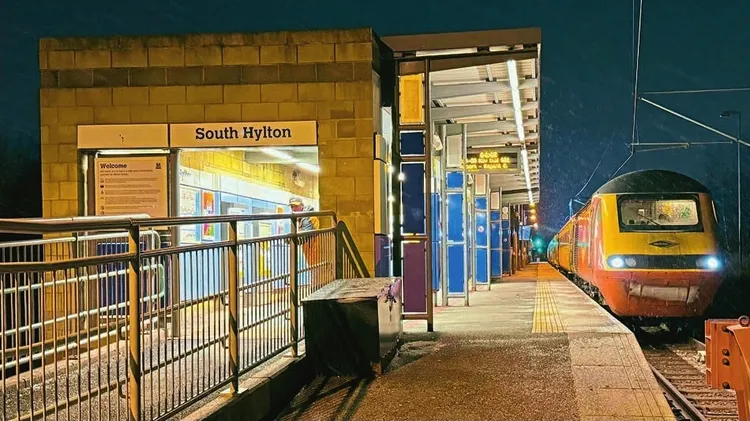Andrew James looks at Gresley ‘A3’ Pacific performances in their
Twilight of the ‘a3s’
21 min read
This article is from...
Read this article and 8000+ more magazines and newspapers on Readly






